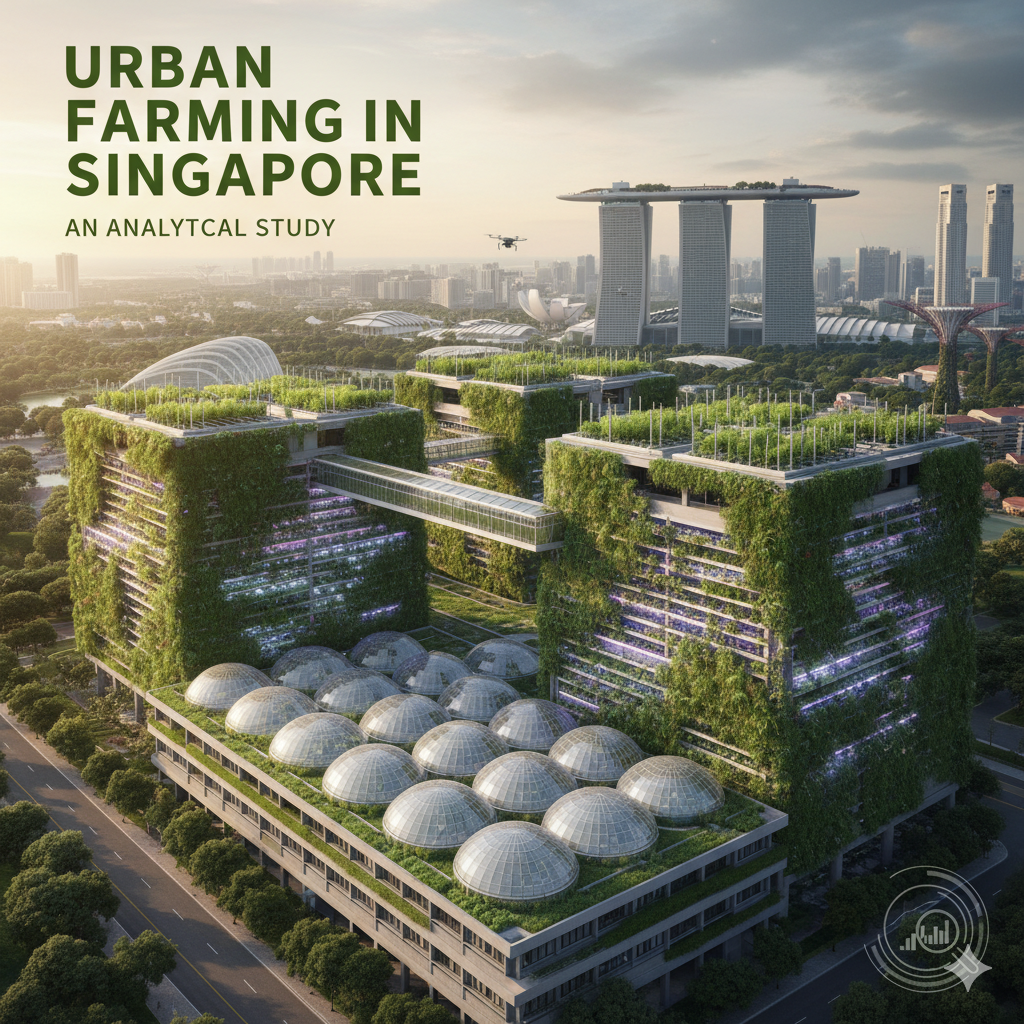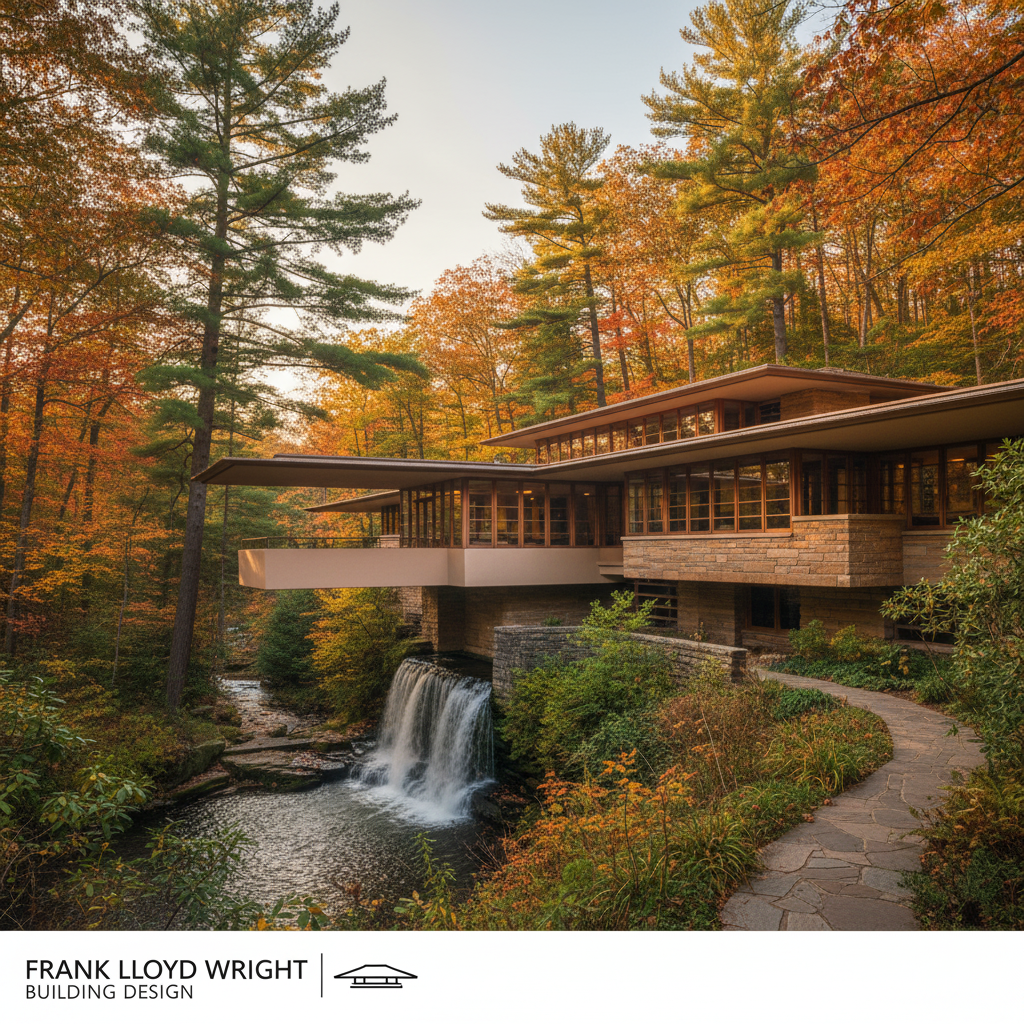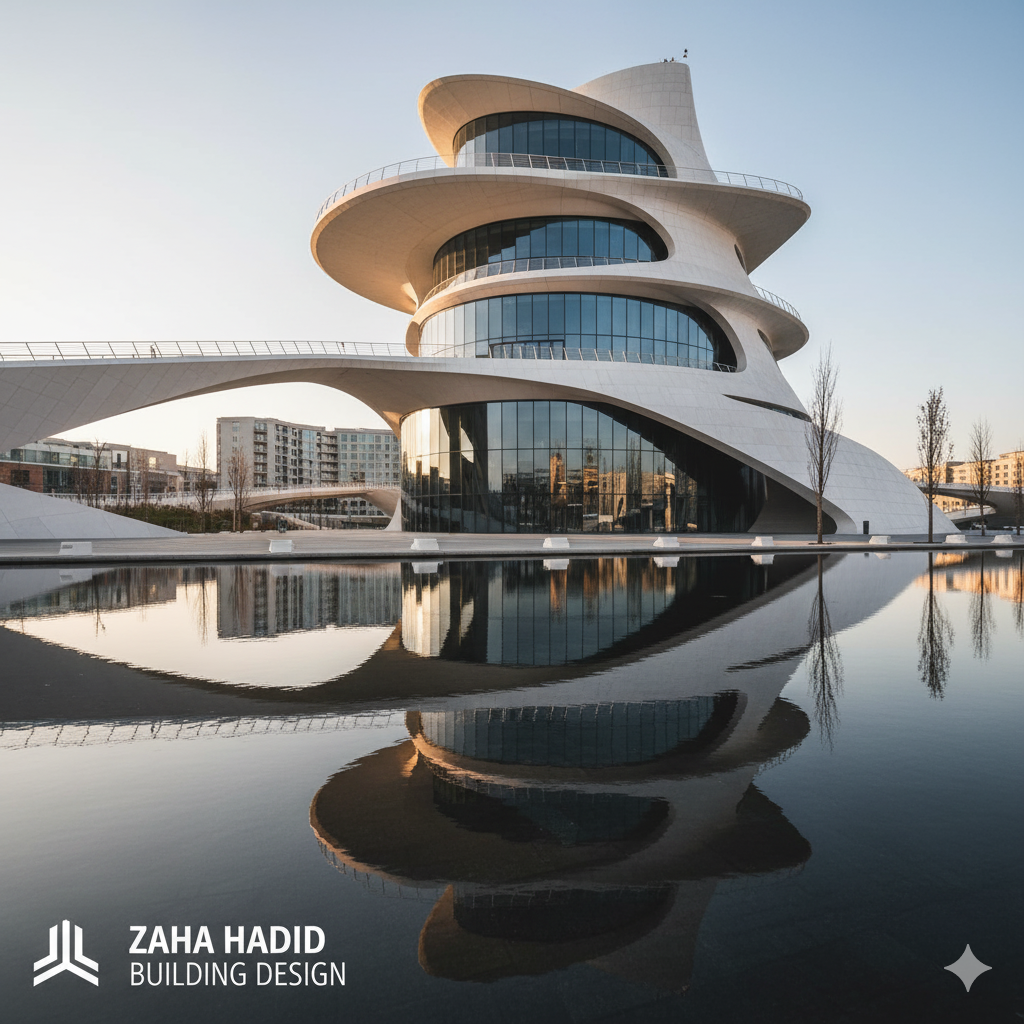Tadao Ando

Tadao Ando is one of the most influential and celebrated architects of contemporary times, known for his minimalist aesthetic, poetic use of natural light, and profound respect for nature and tradition. Born in Osaka, Japan, in 1941, Ando’s journey to architecture was unconventional. He was self-taught, never formally trained in architecture, but instead gained knowledge through travels, studying architectural books, and observing buildings across the world. This autodidactic path deeply influenced his unique style, which blends Japanese traditions with modernist principles.
At the core of Ando’s architecture lies an intense focus on simplicity and spirituality. His buildings often utilize concrete as the primary material, not just for structural purposes but also for its texture and purity. His signature smooth, exposed concrete walls—achieved through painstaking craftsmanship—have become synonymous with his style. Yet, his use of concrete never feels cold or brutal; it becomes a canvas that interacts with light, shadow, and space in profoundly emotional ways.
Light is perhaps the most vital element in Ando’s architecture. He doesn’t simply illuminate spaces; he sculpts with light. Whether it’s the soft glow that filters through narrow slits in a chapel wall or the dramatic beam that falls through a skylight, Ando uses light to create a sense of tranquility and sacredness. This is most famously seen in his Church of the Light (1989) in Ibaraki, Osaka. The church features a simple cruciform cut into a concrete wall, through which light enters and transforms the austere space into something transcendent.
Nature also plays a central role in Ando’s work. He believes that architecture should not dominate its surroundings, but instead coexist with the natural environment. This is evident in projects like the Naoshima Contemporary Art Museum (1992), located on a remote island in Japan. Here, Ando’s structures are embedded in the landscape, blending seamlessly with the natural contours of the island while framing stunning views of the Seto Inland Sea.
Throughout his career, Ando has also engaged deeply with themes of memory, tradition, and cultural identity. His work often references elements of Japanese Zen philosophy—emphasizing emptiness, silence, and introspection. Despite his modern materials and forms, there is always a thread of continuity with Japan’s architectural heritage, such as the use of courtyards, water elements, and an emphasis on the experiential journey through a building.
Ando’s impact reaches beyond Japan. He has completed significant projects worldwide, including the Pulitzer Arts Foundation in St. Louis, the Modern Art Museum of Fort Worth in Texas, and the Fondation François Pinault in Paris. Each project, while site-specific, carries the imprint of his distinct vision: serene, powerful spaces that foster contemplation and emotional resonance.
In recognition of his contributions, Ando has received numerous accolades, including the Pritzker Architecture Prize in 1995. Despite his global fame, he remains deeply rooted in his beliefs: that architecture is not just about creating buildings, but about shaping human experience and evoking a sense of harmony between people, space, and the natural world.








